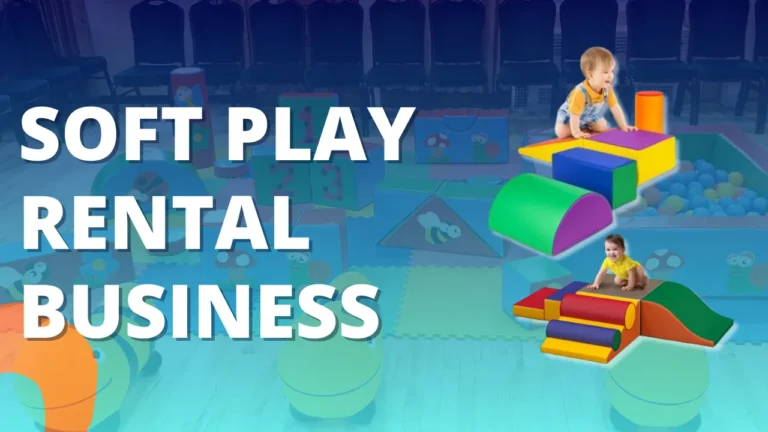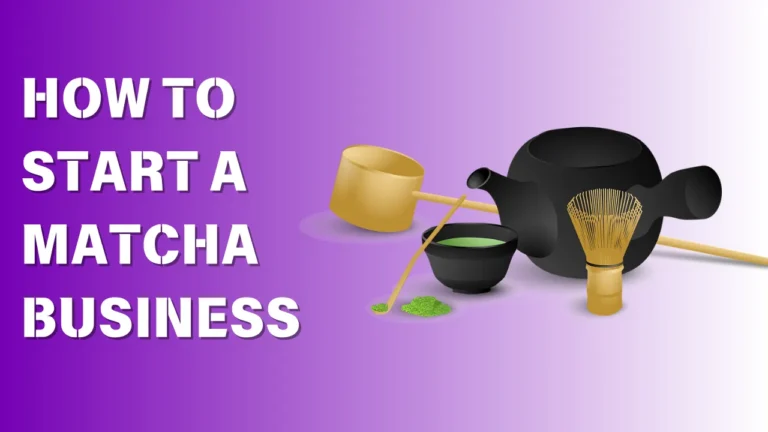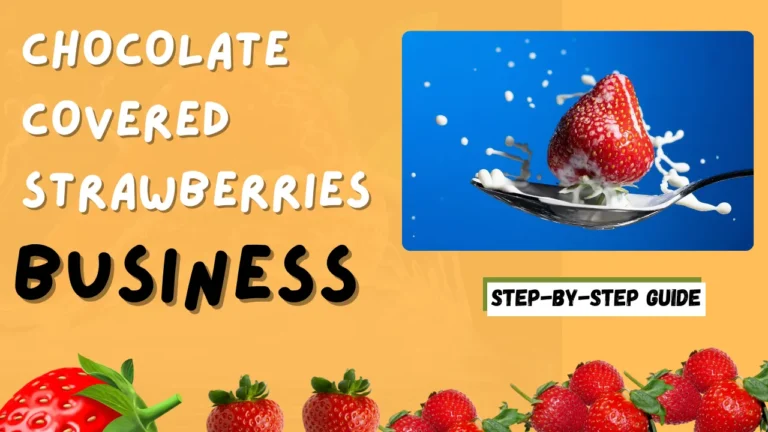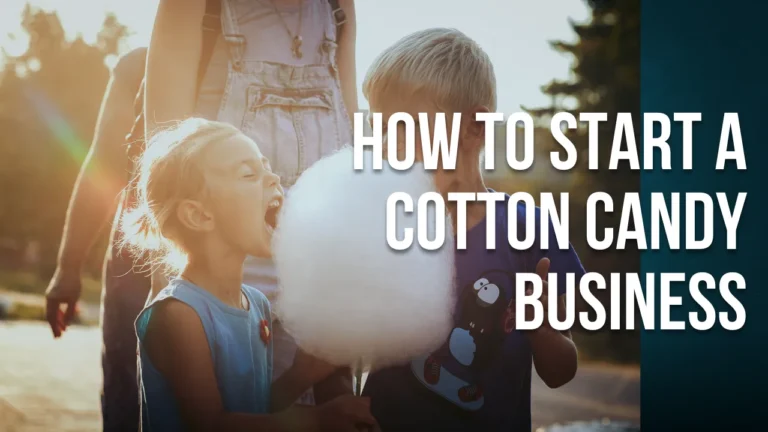Scrunchies are popular hair accessories and cute braid holders. These are softer than regular hair ties, so they’re gentler and way more comfy on your hair.
Scrunchies come in many colors, patterns, and designs, people might choose scrunchies based on their outfit, preference for certain materials, or simply because they like the design.
Whether you are a DIY enthusiast looking to make scrunchies yourself at home or want to start a scrunchies business, choosing the right material is key for the project.
With so many fabric options and materials, choosing the best can be tricky. In this guide, you can learn popular fabrics, materials, and their characteristics, which will help you to choose the best.
Let’s dive into the details.
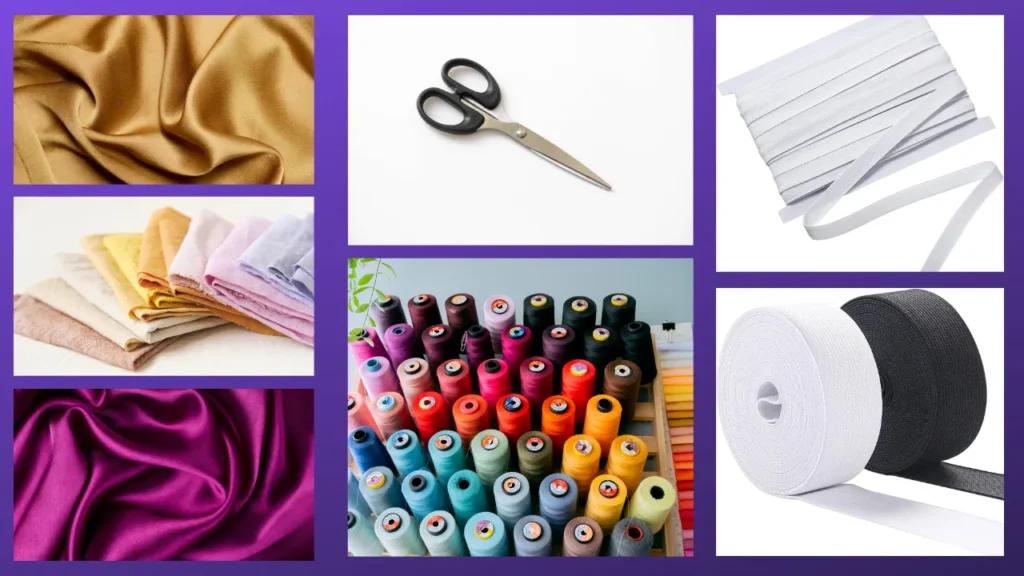
Material for scrunchies
If you’re running a business, or want to make scrunchies for your own, having the best materials such as fabrics and elastic is necessary and these are the essential supplies.
When making scrunchies requires basic and essential materials such as fabric, elastics, and tools (threads, scissors, sewing pins, and a sewing machine).
So to decide the best material and to understand the key characteristics, you can follow the given details, we’ve described thoroughly to provide a comprehensive overview of each material.
Best fabric for scrunchies
In scrunchie making fabric selection is a key decision to fulfill different hair styling needs. Many fabrics are used, and each fabric provides unique looks, feels, and functionalities.
Some popular fabric choices are silk, satin, cotton, linen, and velvet. For example, cotton is (soft, breathable, and ideal for everyday wear) and Silk is- delicate, and velvet – prone to snags.
You can experiment with any type of fabric, but having a basic knowledge of their properties can help you choose the right one for your specific needs.
Your fabric choice decides how the scrunchie will look, feel, and functionality, that you are going to make, so let’s learn the characteristics, uses, and advantages of popular fabrics.
- Silk
- Satin
- Cotton
- Velvet
- Taffeta
- Linen
- Chiffon
Silk
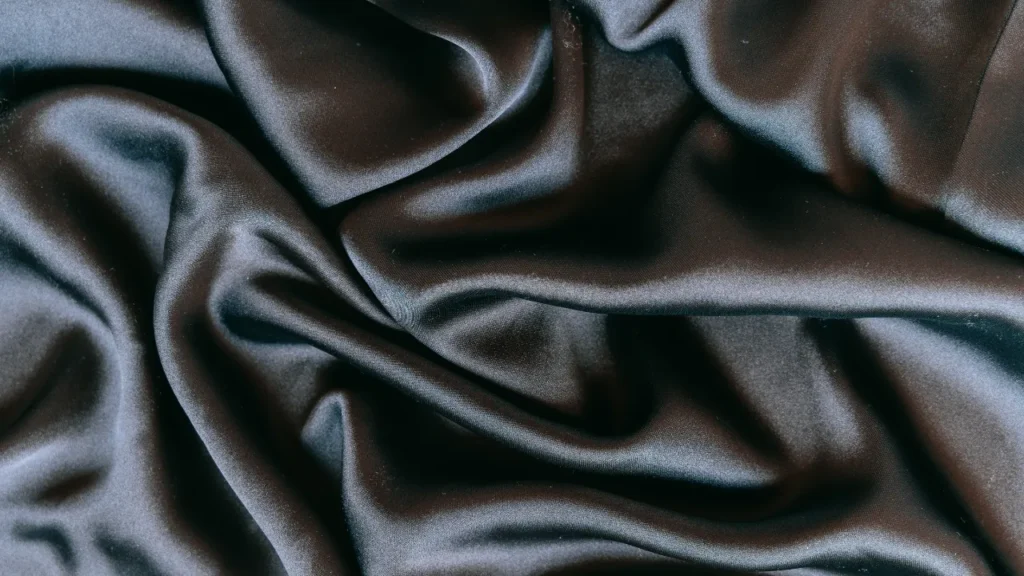
Silk is a natural protein fiber, produced by insect larvae, primarily from mulberry silkworms.
It is one of the luxurious materials that has been used for centuries in the production of luxurious fabric, clothing items, and accessories.
Mulberry silk fabric can be a great choice for making scrunchies and a beneficial option for your hair.
Silk properties make it a premium choice, its smooth texture feels good because of smooth surface minimizes friction which reduces hair breaks and spilt ends.
Suitable for sensitive skin and scalp, silk helps to retain hair’s natural moisture, and prevent dryness.
Pros
- Gives luxurious feel
- Soft and lightweight
- Feel smooth
- Gentle on hair
- Retains hair moisture
- Attractive appearance
- Durable
Cons
- Costly
- Shrinkage
- Requires proper care
- Sun and water damage
Satin
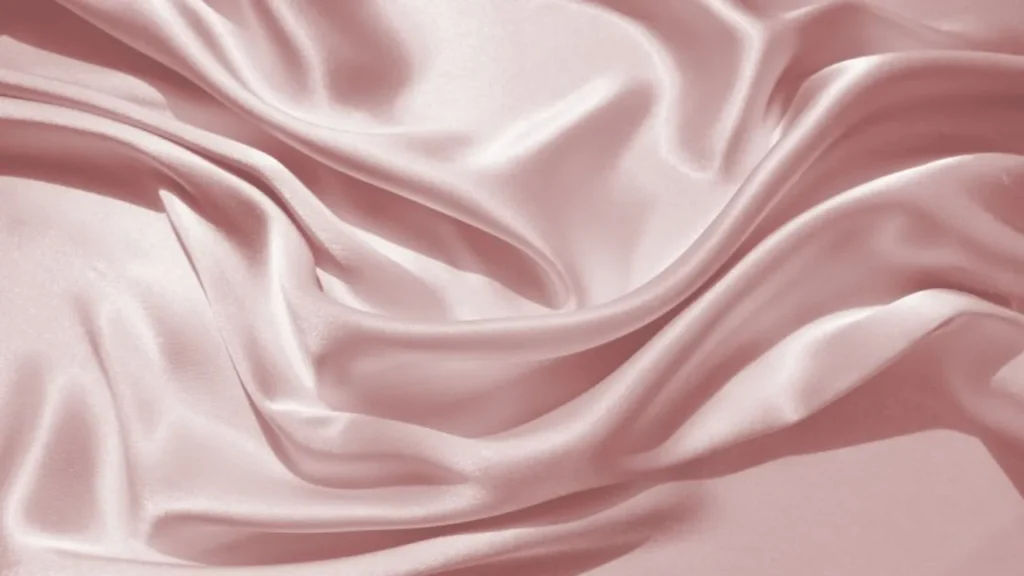
Satin fabric is soft and shiny. With one side a lustrous surface and the other side a duller surface making it more luxurious. This fabric is popular for making fancy dresses also scrunchies.
Satin scrunchies are a great alternative to traditional hair ties.
Best suitable for everyday use and nighttime wear.
The satin fabric reduces friction, breakage, split ends, and frizz, which prevents hair from damage, also its shiny and smooth texture enhances hairstyle and provides an attractive look.
Pros:
- Shiny front
- Durable
- Wrinkle-resistance
- Cheaper than pure silk
- Smooth surface
- Beautiful drape
Cons:
- Sangs easily
- Not breathable as cotton
If anyone looking for an affordable alternative to silk with similar benefits then satin is a good choice.
Cotton

Cotton fabric is a popular choice for many clothing products including dresses, shirts, sweaters, blankets, and hair scrunchies.
Its softness, breathability, and natural absorbency make it a comfortable option for many people.
While cotton scrunchies are suitable for most hair types, other fabrics like silk, satin, or velvet might be more preferable depending on hair texture and desired hold.
Cotton scrunchies are the go-to for everyday comfort and practicality.
However, cotton scrunchies can shrink if not washed properly and become less flexible over time. They are also prone to wrinkling, which might affect their appearance.
Despite these minor drawbacks, cotton scrunchies are a reliable option for those with sensitive skin or looking for a hypoallergenic alternative
Velvet

Next, another popular fabric choice is velvet.
Velvet scrunchies offer a plush and luxurious feel that adds volume and style to any hairstyle. Their soft, thick texture provides a gentle hold, making them ideal for winter and fall accessories.
Velvet scrunchies are particularly good for creating dramatic, voluminous looks. These scrunchies are durable and long-lasting, with the added benefit of being less likely to cause breakage compared to tighter, thinner bands.
They are perfect for formal events and special occasions, adding a touch of elegance to your look.
However, velvet scrunchies can be heavy and warm, which may not be suitable for hot weather. They require careful washing and maintenance to avoid matting and crushing of the fabric.
| Feature | Description |
|---|---|
| Fabric name | Velvet |
| Fabric also known as | Plush |
| Breathability | Low |
| Commonly used un | Upholstery, clothing (dresses, jackets, pants), accessories (bags, shoes), curtains, home decor |
| Fabric composition | Traditionally silk, now often cotton, rayon, polyester, or a blend |
| Stretchability | Low to medium, depending on the type and blend |
| Moisture-wicking ability | Low |
| Pros | Luxurious feel, rich appearance, insulation, durable |
| Cons | Can be expensive, difficult to clean, prone to pilling, can be heavy |
| Unique properties | Pile (short, dense fibers) creates a soft, plush texture, deep color saturation |
Taffeta
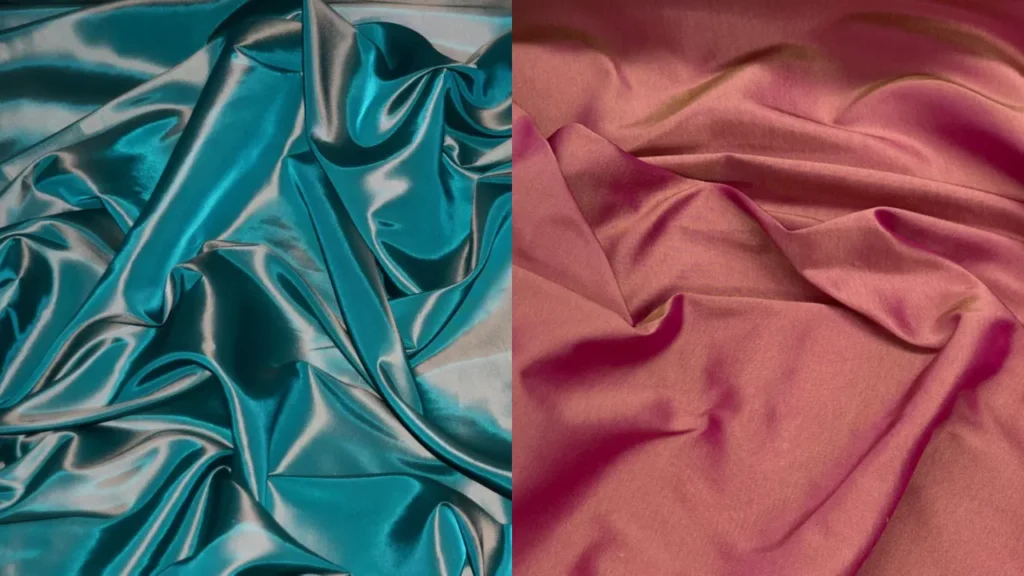
Taffeta scrunchies bring a crisp and smooth texture with a slight sheen, perfect for adding structure and shine to your hairstyles. The fabric holds its shape well, making these scrunchies ideal for decorative elements and formal styles.
Their shiny appearance and durability make taffeta scrunchies a stylish choice for special occasions. They resist wrinkling and are long-lasting, providing a polished look.
On the downside, taffeta can be noisy when moved and is less comfortable against the skin due to its stiffer texture. It’s also prone to snagging, requiring careful handling to maintain its appearance.
Linen
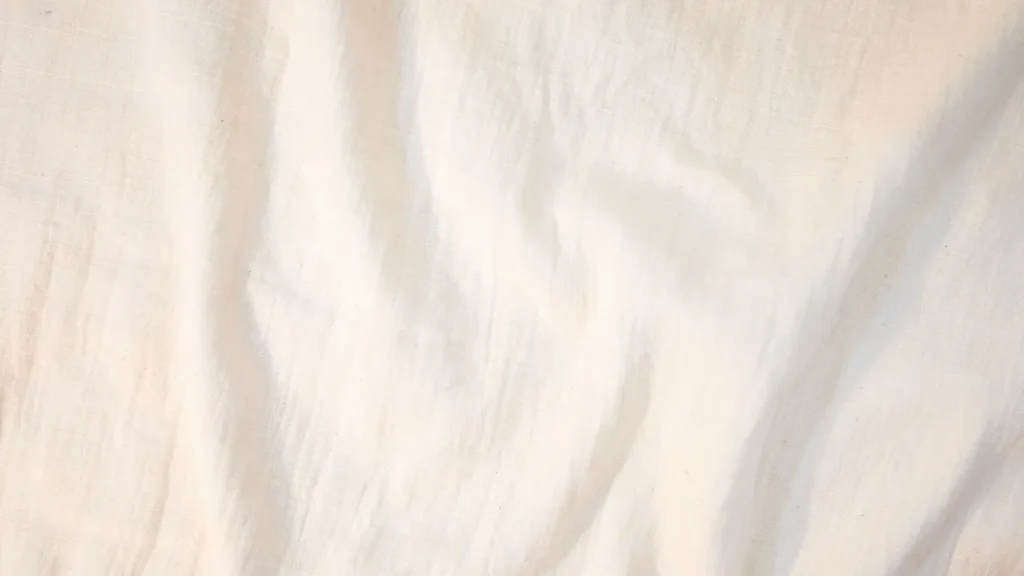
Linen scrunchies are known for their strength, durability, and cool feel. The crisp, textured fabric is extremely breathable and absorbent, making these scrunchies perfect for summer wear and warm climates.
These scrunchies keep you cool and dry while offering a natural, relaxed style. Linen softens with each wash, becoming more comfortable over time.
Chiffon
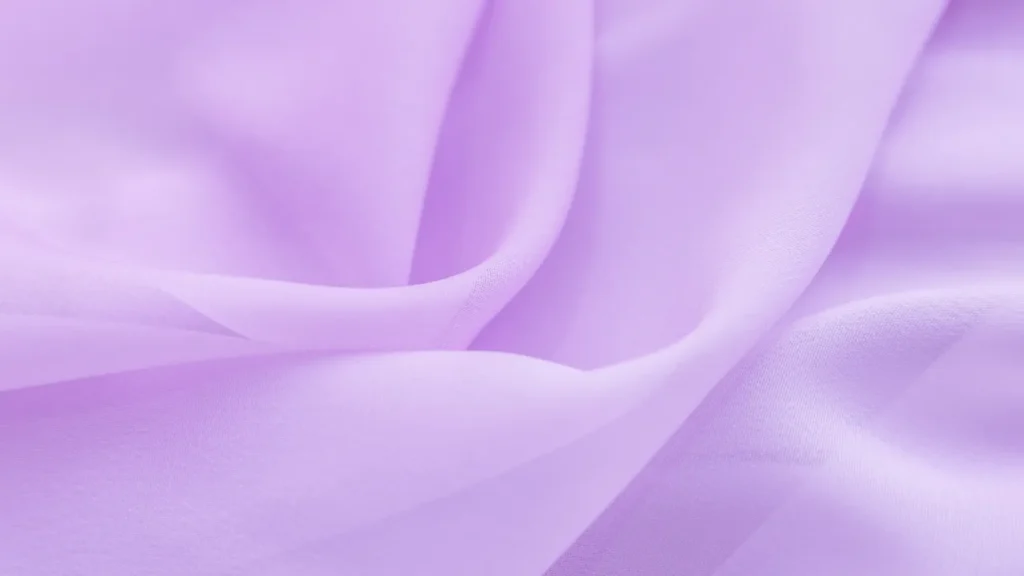
Chiffon scrunchies are lightweight and airy, offering a delicate and feminine touch to hairstyles. The sheer, slightly rough texture drapes beautifully, making these scrunchies ideal for summer and spring accessories.
Their lightness and flowy nature add a soft, elegant appearance to any style. Chiffon scrunchies are perfect for creating gentle, romantic looks.
Each fabric will give your scrunchie a unique look, and will come with a unique quality. So when you choose, make sure you recognize hair types curly, dry, fine, normal, straight, wavy.
Where to buy fabric for scrunchies?
Fabric is most crucial in scrunchie making, to buy the best fabric for making scrunchie there are many ways such as online stores, offline stores, craft stores, wholesalers, etc.
If you do not decide what is the best way to buy fabric, the most convenient is online, you can check online reviews, customer ratings, pricing, and many more.
Online options:
- Online fabric retailers
- E-commerce platforms: Amazon, Etsy, and eBay
- Wholesale: Find supplier for buying in bulk.
Best elastic for scrunchies
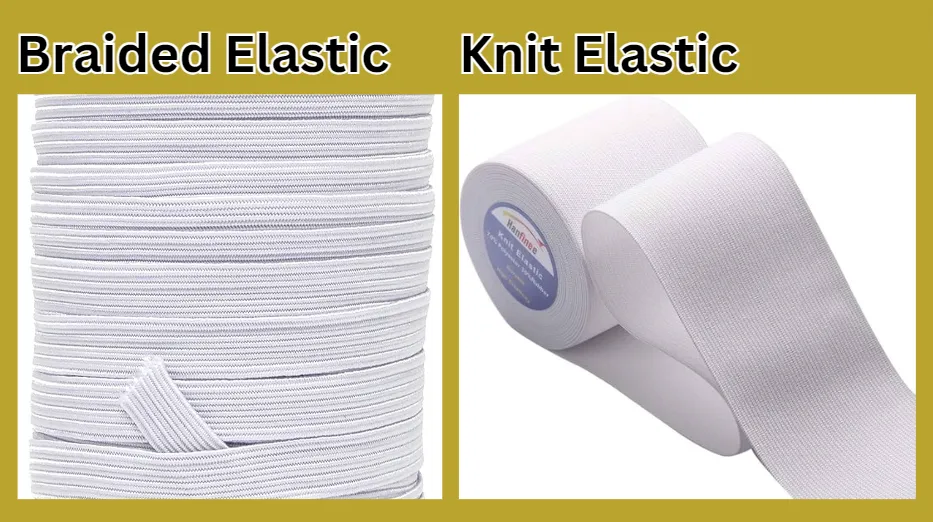
Elastic is a type of stretch material used in fabric. They are usually made of rubber or latex and fit clothes for the body. The elastic is especially useful in scrunchies because it keeps it in place even if your head is shaking or moving rapidly.
If you are looking for a high-quality but also affordable elastic, the best elastic for a scrunchie is probably a braided elastic, which is round.
When it comes to creating stylish and functional scrunchies, the choice between braided elastic and knit elastic can make a significant difference.
Both types of Elastic have their unique characteristics, advantages, and disadvantages.
In this informative blog section, we’ll explore the definitions and the pros and cons of each option to help you make an informed decision.
Braided Elastic:
Braided elastic is made by intertwining multiple strands of elastic fibers together.
These types of elastic are mostly used where a strong and reliable elastic is required, such as in waistbands, cuffs, and, of course, scrunchies.
Characteristics:
- High strength and long-lasting elasticity.
- Available in different widths (1/8 inch to 1 inch).
- Excellent stretch and recovery properties.
- Tends to become narrower when stretched.
- Braided texture provides additional grip.
- Holds its shape without rolling or twisting.
Knit Elastic:
On the other hand, knitted or woven elastic is used where required (where skin directly touches) for softer and adaptable elastic, such as hair ties, scrunchies, and headbands.
Knit elastic is soft, stretches, comfortable, and ideal for lightweight fabrics, made from elastic fibers (rubber or spandex). Characteristics: Softness, flexibility, width (narrow to wide), non-rolling, comfort (because of soft textures).
When choosing between braided elastic and knit elastic for your scrunchie project, consider the desired look, feel, and performance requirements.
Braided elastic may be the better choice for a more structured and durable scrunchie, while knit elastic may be preferred for a softer and more adaptable option.
Hope, the guide is helpful, we’ve discussed on best material for scrunchies, such as fabric, and elastic, their characteristics, and choosing the suitable depending on needs.
If you have other doubts, regarding this topic, comment to us.
You might also like:
